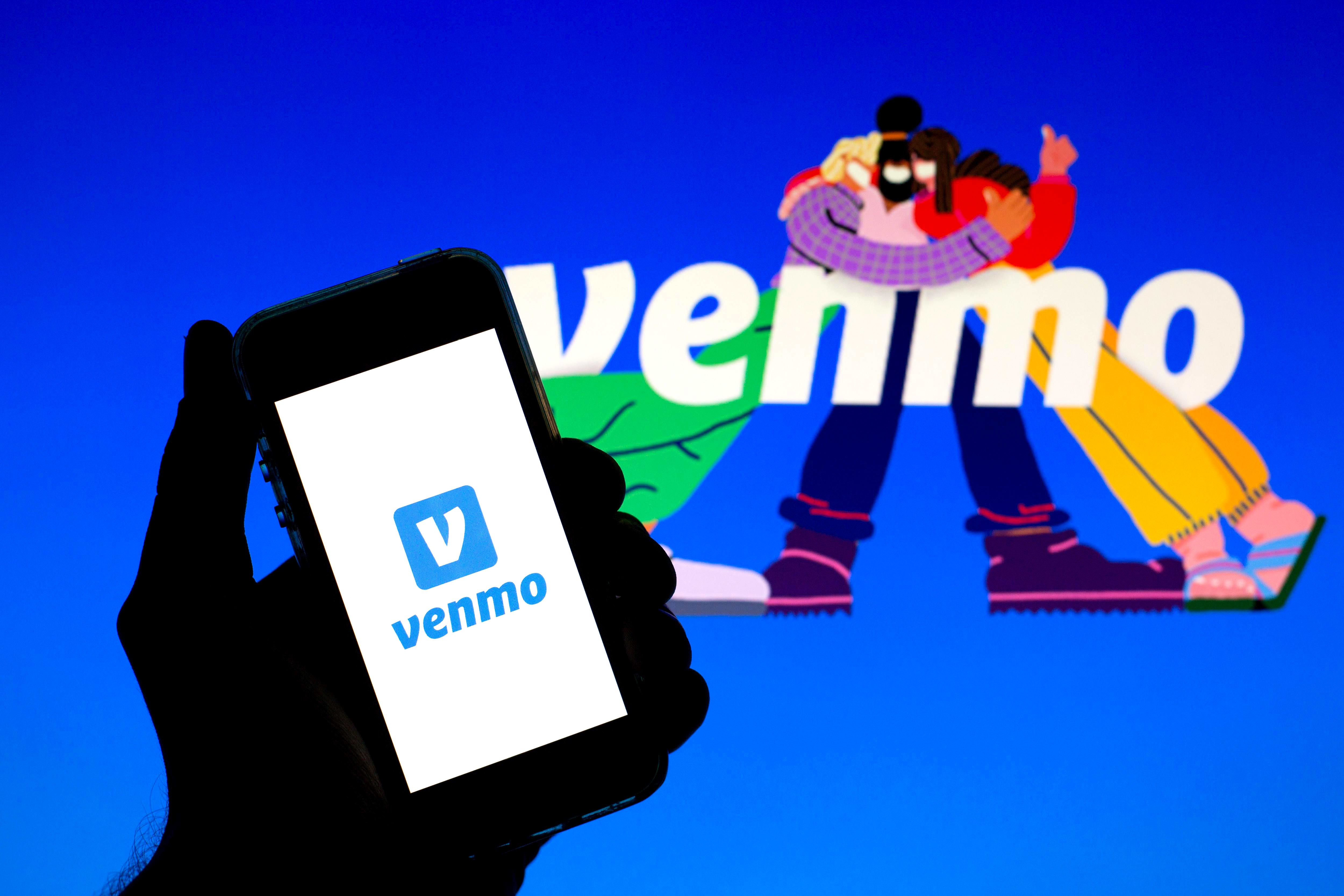
This story is part of CNBC Make It’s One-Minute Money Hacks series, which provides easy, straightforward tips and tricks to help you understand your finances and take control of your money.
If you use your smartphone to send money to friend and family, chances are good that it’s happening on Venmo. The peer-to-peer payment service has more than 50 million users in the U.S. who sent nearly $160 billion to each other in 2020.
But despite the ease with which Venmo allows you to pay rent or split the dinner bill, you should always keep an eye on your Venmo balance and make sure it doesn’t get too high.
Here are three reasons why you should always transfer the bulk of your balance to the bank.
1. Your Venmo balance doesn’t earn interest
Unlike money in your investments or savings account, your Venmo balance isn’t working for you. Rather than increasing in value over time, your balance remains the same no matter how long you keep it in the app.
But if you put $1,000 into a high-yield savings account offering 0.6% APR, it could grow by $6 in one month. While that may not seem like much, over the course of a year it’s a difference of almost $75.
2. Your Venmo balance isn’t insured
Unlike your bank account, your Venmo balance isn’t insured by the Federal Deposit Insurance Corporation. If your bank were to go under, the government insures up to $250,000. But Venmo has no such guarantees.
That means that in the unlikely event that the service goes down, Venmo isn’t responsible for you getting back whatever funds you had sitting in your account.
It’s smarter to minimize your risk by not leaving any significant sums of money in the app.



